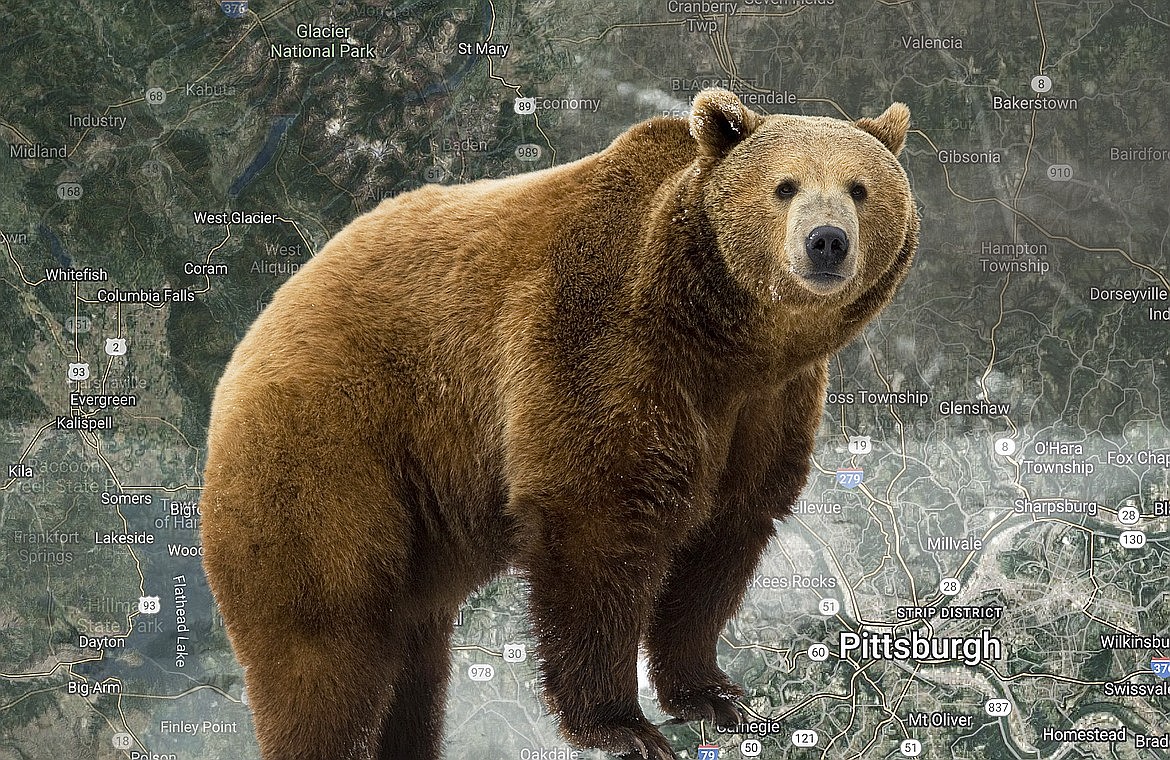Orphaned Montana cubs find home with Pittsburgh billionaire
What happens to orphaned bear cubs rescued from the wilds of Montana?
In the case of the pair of grizzly cubs rescued near Lupfer Meadows in July of this year, the answer is the opportunity to live on the private estate of a billionaire minority owner of the Pittsburgh Steelers.
The Wilderness Wildlife Center in Bulger, Pennsylvania (formerly Rivendale Wildlife Sanctuary) is part of Rivendale Farms, an ultra-modern operation with robotic milking systems for its cattle and mobile, solar-powered sheds for its chickens...
Become a Subscriber!
You have read all of your free articles this month. Select a plan below to start your subscription today.
Already a subscriber? Login



